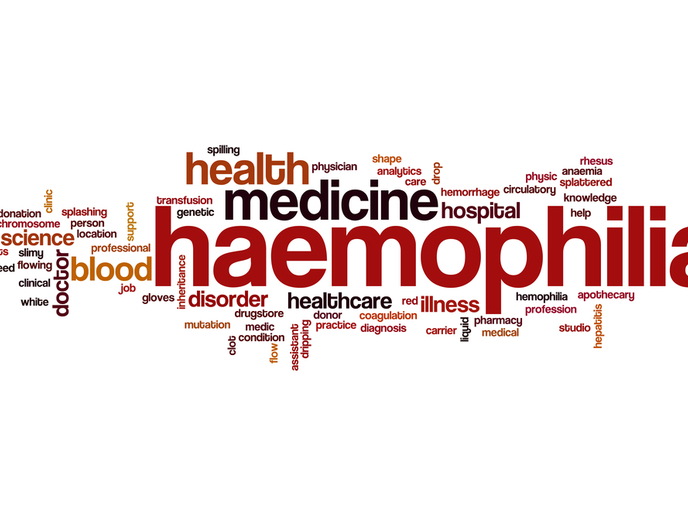At the cutting edge of gene surgery
Replacement of a faulty mutated gene with a functional therapeutic piece of DNA requires a carrier or vector. Insertion of the transgene with accuracy in terms of cell and site in the genome is crucial. There must also be tight control of transgene expression to avoid unwanted genetic side-effects. The EU-funded 'Persisting transgenesis' (PERSIST) project has researched every angle to advance genetic engineering and persisting gene expression. Severe diseases tackled included inherited immunodeficiencies, storage disorders, haemophilias, as well as some types of cancer. Innovations included surface engineering of lentiviral vectors. This approach produced new types of vehicle for targeted gene transfer into human blood cell producing (haematopoietic) stem cells (HSCs). This versatile tool can target gene transfer to immune and endothelial cells for treating cancer and immune system disorders. A non-viral alternative explored by the PERSIST team is the Sleeping Beauty transposon, a DNA sequence that can change its position in the recipient's genome. Careful choice of target site promises to negate the inherent disadvantage of the technique due to its random action. The scientists have set up integration site landscapes for various viral vectors. Prospective monitoring of vector integration sites in clinical gene therapy studies is feasible for detecting possible side effects of gene therapy in real-time. PERSIST developed site-specific gene correction using HSCs with an efficiency sufficient for clinical application. This is the first technology of its kind and with refinement the partners anticipate its incorporation into clinical studies in five years. Indicative of the proximity to clinical practice, one of the Chronic Granulomatous Disease vectors has entered Phase I/II trials. Optimisation of the methods developed will increase the efficiency of lentiviral vector manufacture. This has the added advantage of reducing the price for the patient as well as the high cost of running clinical trials. Diseases targeted by PERSIST research include those with a high social burden and is edging into the massive infectious disease arena. The outcome will be more rapid discovery and development of better therapies to meet Europe's health challenges.
Keywords
Gene therapy, toxicity, vector, genome, lentiviral, non-viral, Sleeping Beauty, transposon







